
The Heartbeat of Berlin: Exploring Mitte
Discover Mitte: Berlin's vibrant core, where history, culture, and modernity converge to create an unforgettable destination for every traveler.
Mitte, the central district of Berlin, is a vibrant blend of historic landmarks, cultural treasures, and modern attractions. This neighborhood is the perfect starting point for any visit to Berlin, offering a rich tapestry of experiences that capture the essence of the city's past and present. Begin your journey at the iconic Brandenburg Gate, a symbol of unity and peace. From there, stroll down Unter den Linden, a grand boulevard lined with museums, shops, and cafes. History enthusiasts will be captivated by the Berlin Wall Memorial, which provides a poignant glimpse into the city's divided past. For art and culture, visit the Museum Island, a UNESCO World Heritage site that houses five world-renowned museums. Don’t miss the Pergamon Museum, home to impressive ancient artifacts. Nearby, the Berlin Cathedral offers stunning architecture and panoramic views from its dome. Mitte is also a hub for contemporary culture. Check out the trendy boutiques and art galleries in the Hackescher Markt area. In the evening, enjoy the vibrant nightlife with a mix of traditional beer halls, chic bars, and eclectic clubs. The neighborhood is also home to some of Berlin's best restaurants, offering everything from traditional German fare to international cuisine. Whether you're a history buff, art lover, or foodie, Mitte has something to offer everyone. Its central location and diverse attractions make it an unmissable part of any Berlin itinerary.
Local tips in Mitte
- Start your day early to avoid crowds at major attractions like the Brandenburg Gate and Museum Island.
- Wear comfortable shoes as Mitte is best explored on foot to fully appreciate its rich history and vibrant street life.
- Check out local markets like the Hackescher Markt for unique souvenirs and fresh local produce.
- Consider purchasing a Berlin Welcome Card for discounts on public transportation and major attractions.
- Visit the Berlin Wall Memorial for a deeper understanding of the city's divided past.
The Heartbeat of Berlin: Exploring Mitte
Mitte, the central district of Berlin, is a vibrant blend of historic landmarks, cultural treasures, and modern attractions. This neighborhood is the perfect starting point for any visit to Berlin, offering a rich tapestry of experiences that capture the essence of the city's past and present. Begin your journey at the iconic Brandenburg Gate, a symbol of unity and peace. From there, stroll down Unter den Linden, a grand boulevard lined with museums, shops, and cafes. History enthusiasts will be captivated by the Berlin Wall Memorial, which provides a poignant glimpse into the city's divided past. For art and culture, visit the Museum Island, a UNESCO World Heritage site that houses five world-renowned museums. Don’t miss the Pergamon Museum, home to impressive ancient artifacts. Nearby, the Berlin Cathedral offers stunning architecture and panoramic views from its dome. Mitte is also a hub for contemporary culture. Check out the trendy boutiques and art galleries in the Hackescher Markt area. In the evening, enjoy the vibrant nightlife with a mix of traditional beer halls, chic bars, and eclectic clubs. The neighborhood is also home to some of Berlin's best restaurants, offering everything from traditional German fare to international cuisine. Whether you're a history buff, art lover, or foodie, Mitte has something to offer everyone. Its central location and diverse attractions make it an unmissable part of any Berlin itinerary.
Iconic landmarks you can’t miss
Berlin Wall Memorial
Explore the profound history of the Berlin Wall Memorial, a must-visit landmark that captures the spirit of resilience and remembrance in Berlin.
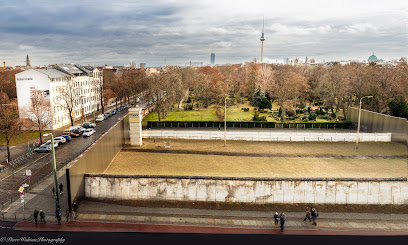
Pariser Platz
Explore the historic Pariser Platz in Berlin, home to the iconic Brandenburg Gate and rich in culture and history, a must-see for every traveler.
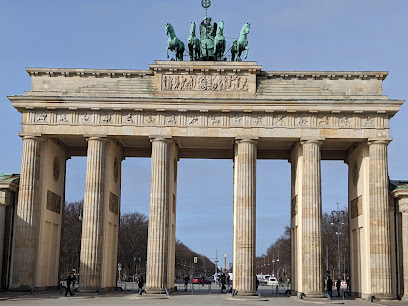
Französischer Dom
Discover the stunning architecture and rich history of the Französischer Dom, a must-visit landmark in Berlin's vibrant Gendarmenmarkt.
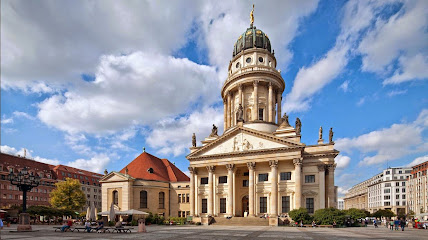
Piece of the Berlin Wall
Explore the poignant history of the Berlin Wall, a powerful symbol of division and unification in Germany's capital city.
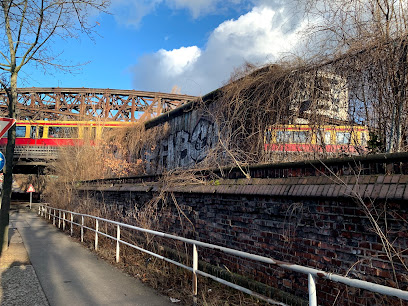
Alte Berliner Stadtmauer
Discover Berlin's Alte Stadtmauer, a historical landmark that embodies the city's rich heritage and invites exploration of its medieval past.
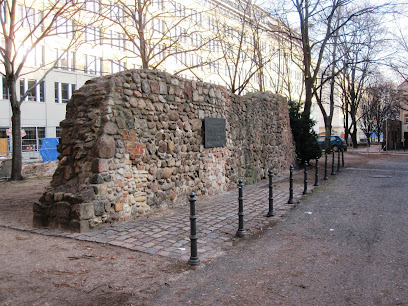
Freedom and Unity Memorial
Discover the Freedom and Unity Memorial in Berlin, a profound tribute to the values of freedom and the journey towards unity in Germany.
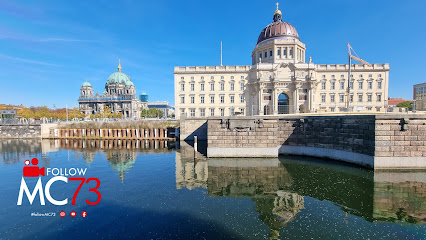
Schlossviertel
Explore Schlossviertel, a scenic spot in Berlin that beautifully combines history, culture, and vibrant city life, perfect for every traveler.
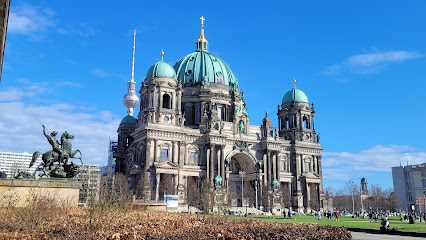
Hausvogteiplatz
Explore Hausvogteiplatz, a historic square in Berlin's Mitte district, where stunning architecture meets vibrant local culture.
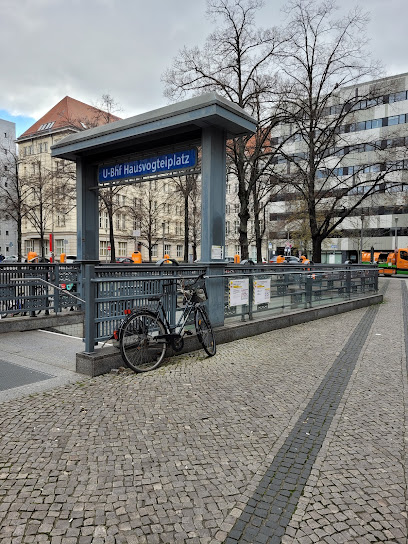
Mündung Südpanke
Discover the tranquil beauty of Mündung Südpranke in Berlin, where nature meets the urban landscape in a serene escape.
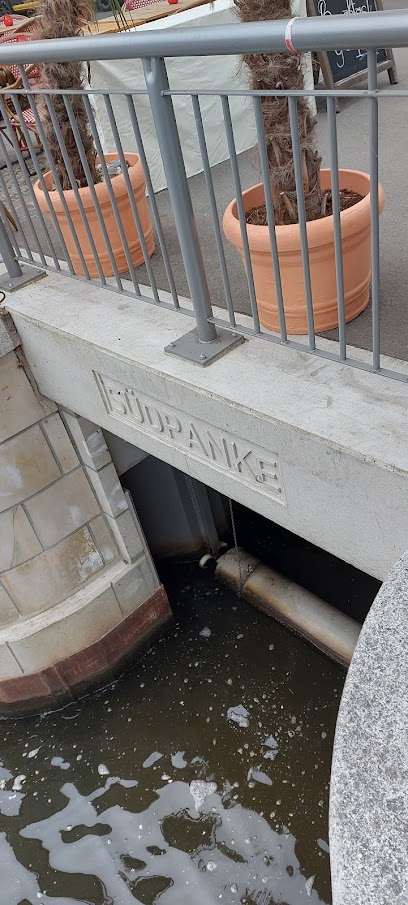
Friedrichsgracht am Kupfergraben
Discover Friedrichsgracht am Kupfergraben, a historical landmark in Berlin that blends cultural heritage with serene natural beauty, perfect for every traveler.
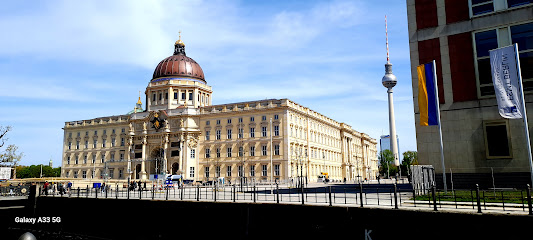
Unmissable attractions to see
Brandenburg Gate
Discover the historic Brandenburg Gate, a neoclassical icon in Berlin symbolizing unity and resilience, surrounded by vibrant culture and history.
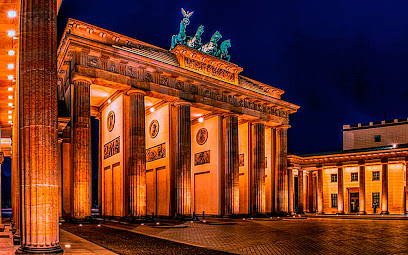
Potsdamer Platz
Discover the vibrant Potsdamer Platz, where modern architecture meets historical significance in the heart of Berlin.

Reichstag Building
Explore the historic Reichstag Building in Berlin, a stunning architectural icon and the heart of German democracy with breathtaking views from its glass dome.

Nikolaiviertel
Discover Berlin's oldest district, Nikolaiviertel, a charming blend of history, culture, and delightful cafes along the Spree River.
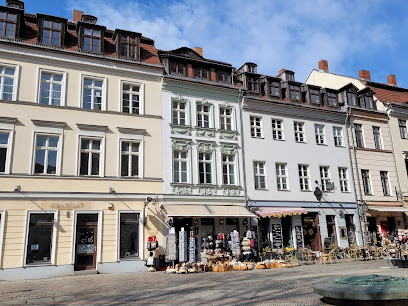
Freedom and Unity Memorial
Explore the Freedom and Unity Memorial in Berlin, a powerful tribute to freedom and unity amid historical significance and modern design.
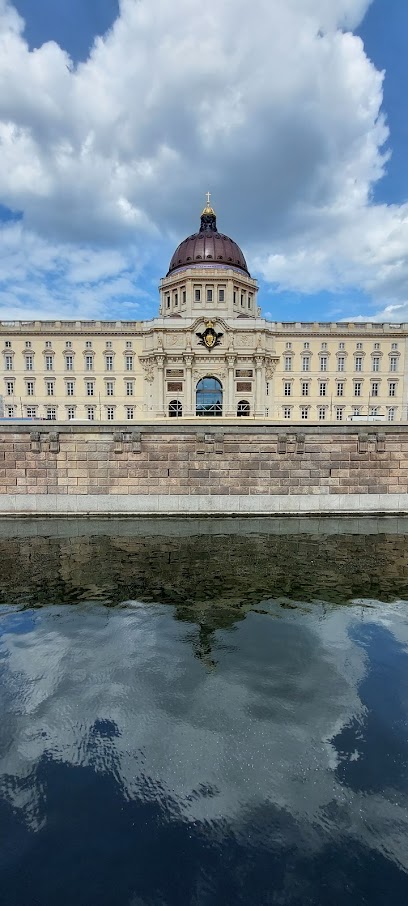
Essential places to dine
Schnitzelei Mitte
Experience authentic German cuisine at Schnitzelei Mitte, featuring exquisite schnitzels and tapas in Berlin's lively Mitte district.
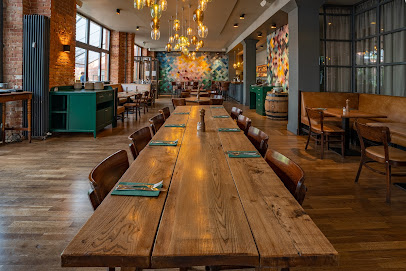
Katz Orange
Discover Katz Orange: An eclectic fine dining experience in Berlin's Mitte district offering exquisite German cuisine and an inviting atmosphere.
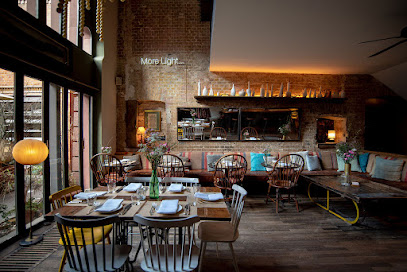
Hackethal's
Discover Hackethal's: A German restaurant and pub in Berlin offering traditional cuisine in a cozy setting.

BLESS Restaurant
Experience the vibrant fusion of Vietnamese and Asian cuisine at BLESS Restaurant in Berlin's Mitte district.
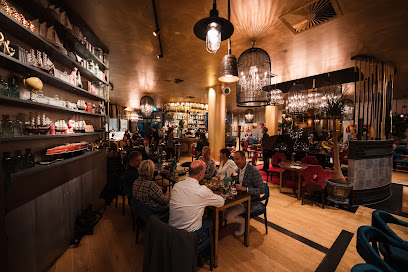
Salamat
Discover authentic Middle Eastern flavors at Salamat in Berlin's Mitte district – where every dish tells a story.
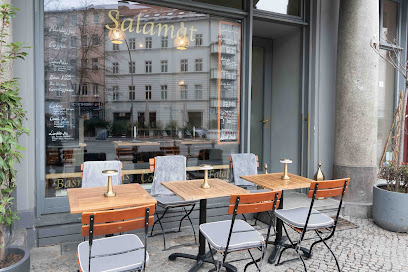
Pantry
Discover an eclectic dining experience at Pantry in Berlin - where fusion cuisine meets elegance in the heart of Mitte.
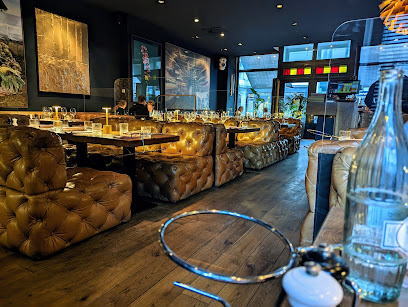
Restaurant Dae Mon
Discover an exquisite fusion of modern European cuisine at Restaurant Dae Mon in Berlin's vibrant Mitte district.
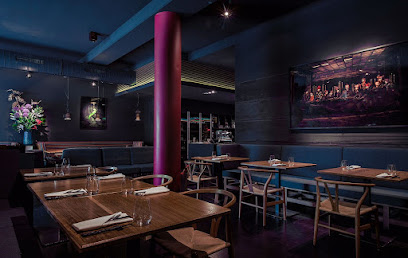
Restaurant Esszimmer
Savor authentic German cuisine in a cozy atmosphere at Restaurant Esszimmer - a must-visit dining destination in Berlin.
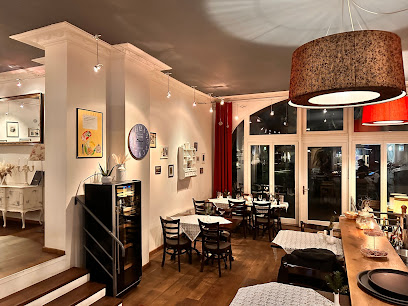
Johnny's Bar - Karibisches Restaurant
Experience authentic Caribbean flavors at Johnny's Bar in Berlin - where every dish tells a story and every sip transports you to paradise.

Lorenz Adlon Esszimmer
Experience unparalleled fine dining at Lorenz Adlon Esszimmer in Berlin – where modern European cuisine meets historic elegance.
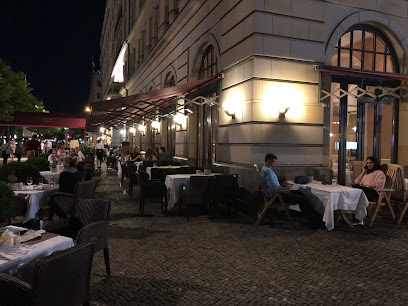
Markets, malls and hidden boutiques
Mall of Berlin
Discover the ultimate shopping experience at the Mall of Berlin, where style meets culture in the heart of the city.

ALEXA Berlin
Explore ALEXA Berlin, a vibrant shopping mall offering diverse stores, dining options, and entertainment in the heart of Berlin’s Mitte district.
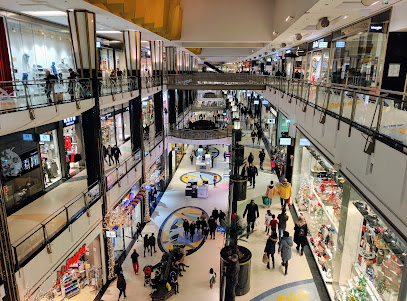
Hackesche Höfe
Discover Hackesche Höfe: Berlin's vibrant cultural and shopping hub filled with boutiques, restaurants, and entertainment in the heart of the city.
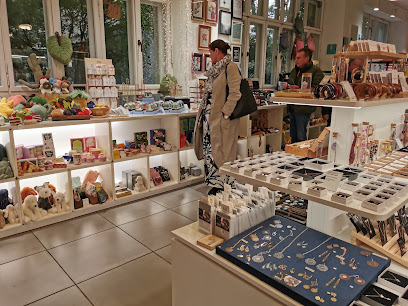
Galeries Lafayette
Discover the allure of luxury shopping and gourmet dining at Galeries Lafayette in the heart of Berlin, a must-visit for every traveler.
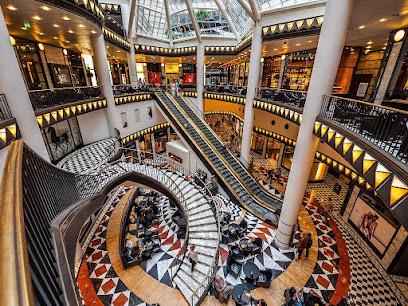
AMPELMANN shop in the Hackescher Markt
Explore the AMPELMANN Shop in Hackescher Markt for unique Berlin souvenirs inspired by the city's iconic pedestrian symbol.

BERLIN STORE
Explore the vibrant Berlin Store for unique gifts and souvenirs that capture the essence of Berlin's rich culture and artistry.
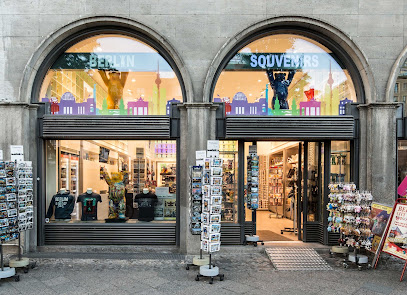
The Store X Berlin
Experience the vibrant blend of art, fashion, and culinary delights at The Store X Berlin, a cultural center in the heart of the city.
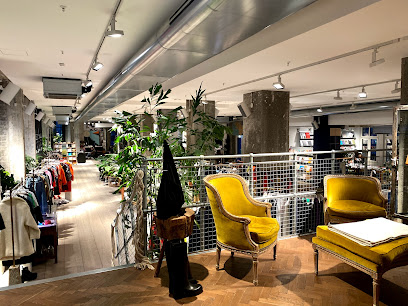
Pauls Chapter Mitte
Explore sustainable fashion at Paul's Chapter Mitte, a top used clothing store in Berlin's vibrant Mitte district offering unique finds for every style.
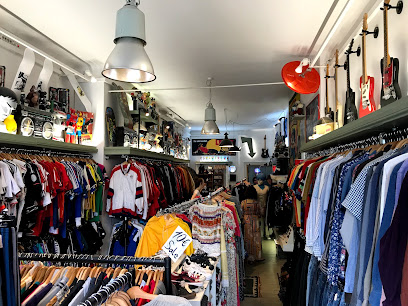
Rotation Boutique - Nachhaltige Mode - Schallplatten
Explore eco-friendly fashion and vinyl treasures at Rotation Boutique in Berlin's Mitte district, where style meets sustainability.
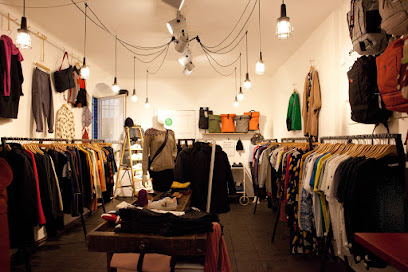
Fête de la Boutique
Discover unique women’s fashion and exquisite accessories at Fête de la Boutique in the heart of Berlin's trendy Mitte district.
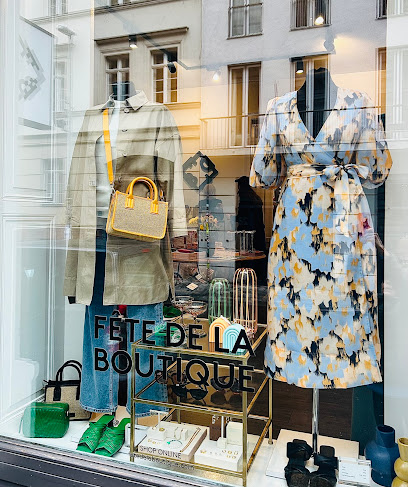
Essential bars & hidden hideouts
BrewDog Berlin Mitte
Discover the essence of Berlin's craft beer scene at BrewDog Berlin Mitte, a lively bar and restaurant specializing in unique brews and delicious pizza.

100 Gramm Bar
Discover 100 Gramm Bar in Berlin, the ultimate cocktail destination blending stylish ambiance with unique mixology in the heart of the city.
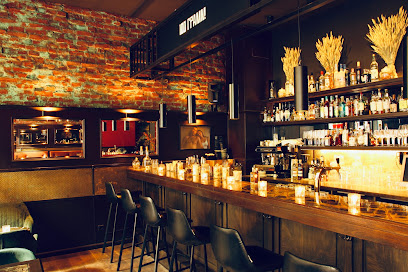
Knutschfleck Berlin
Discover the energy of Knutschfleck Berlin, where live music, delicious food, and dance come together for an unforgettable night out in the heart of the city.

Sharlie Cheen Bar
Discover Sharlie Cheen Bar: A lively Berlin hotspot known for its innovative cocktails and vibrant nightlife experience in the heart of Mitte.
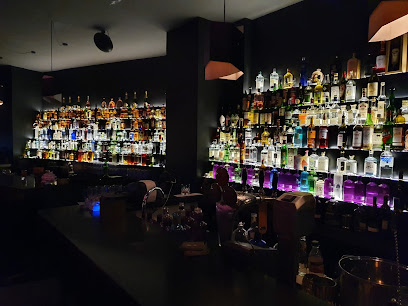
Volksbar
Discover the vibrant nightlife at Volksbar, a trendy bar and event venue in the heart of Berlin offering a diverse drink selection and lively atmosphere.
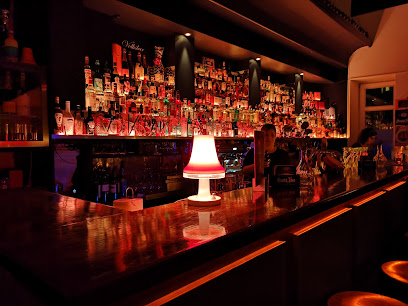
BESTE Bar
Discover BESTE Bar, a lively hub in Berlin's Mitte district, where affordable drinks and a vibrant atmosphere await every night.

Reingold
Experience the vibrant nightlife of Berlin at Reingold, a cocktail bar in Mitte known for its expertly crafted drinks and lively atmosphere.
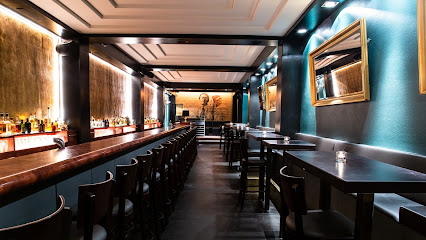
Bar Amélie
Discover Berlin's vibrant cocktail scene at Bar Amélie, where expertly crafted drinks meet a cozy atmosphere in the heart of the city.
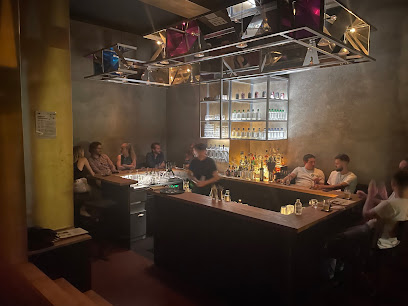
BonBon Bar Berlin
Discover the lively ambiance and eclectic cocktails at BonBon Bar, a must-visit for an unforgettable night out in Berlin's vibrant Mitte district.
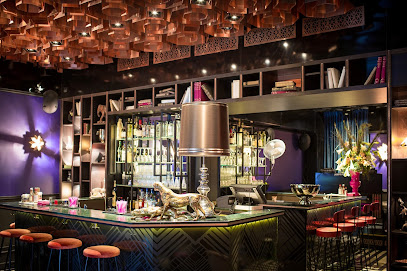
Melody Nelson bar
Discover the vibrant atmosphere of Melody Nelson, Berlin's chic bistro and cocktail bar, perfect for unwinding and socializing.
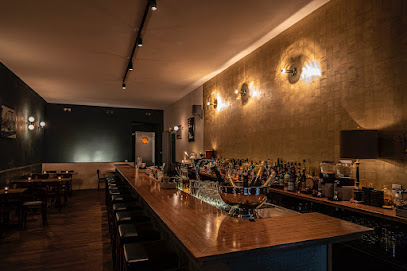
Local Phrases
-
- HelloHallo
[hah-loh] - GoodbyeAuf Wiedersehen
[owf vee-der-zay-en] - YesJa
[yah] - NoNein
[nine] - Please/You're welcomeBitte
[bi-te] - Thank youDanke
[dahn-kuh] - Excuse me/SorryEntschuldigung
[ent-shool-dee-goong] - How are you?Wie geht es dir?
[vee gayt es deer] - Fine. And you?Gut. Und dir?
[goot oont deer] - Do you speak English?Sprechen Sie Englisch?
[shpre-khen zee eng-leesh] - I don't understandIch verstehe nicht
[ikh fer-shtay-uh nikht]
- HelloHallo
-
- I'd like to see the menu, pleaseIch hätte gerne die Speisekarte, bitte
[ikh ha-te gehr-neh dee shpy-zuh-kahr-teh, bi-teh] - I don't eat meatIch esse kein Fleisch
[ikh es-se kine flysh] - Cheers!Prost!
[prohst] - I would like to pay, pleaseIch möchte bitte zahlen
[ikh merkh-teh bi-teh tsah-len]
- I'd like to see the menu, pleaseIch hätte gerne die Speisekarte, bitte
-
- Help!Hilfe!
[hil-feh] - Go away!Geh weg!
[geh vehg] - Call the Police!Rufen Sie die Polizei!
[roo-fen zee dee po-lee-tsay] - Call a doctor!Rufen Sie einen Arzt!
[roo-fen zee i-nen artsht] - I'm lostIch habe mich verirrt
[ikh ha-beh mish feh-rirt] - I'm illIch bin krank
[ikh bin krank]
- Help!Hilfe!
-
- I'd like to buy...Ich möchte kaufen...
[ikh merkh-teh kou-fen] - I'm just lookingIch schaue nur
[ikh shou-eh noor] - How much is it?Wie viel kostet das?
[vee feel koh-stet dahs] - That's too expensiveDas ist zu teuer
[dahs ist tsoo toy-er] - Can you lower the price?Können Sie den Preis senken?
[kur-nen zee den price zehn-ken]
- I'd like to buy...Ich möchte kaufen...
-
- What time is it?Wie spät ist es?
[vee shpayt ist es] - It's one o'clockEs ist ein Uhr
[es ist iyn oor] - Half past (10)Halb elf
[halb elf] - MorningMorgen
[mor-gen] - AfternoonNachmittag
[nahk-mee-tahk] - EveningAbend
[ah-bent] - YesterdayGestern
[geh-stern] - TodayHeute
[hoy-teh] - TomorrowMorgen
[mor-gen] - 1Eins
[iyns] - 2Zwei
[tsvai] - 3Drei
[dry] - 4Vier
[feer] - 5Fünf
[foonf] - 6Sechs
[zeks] - 7Sieben
[zee-ben] - 8Acht
[ahkt] - 9Neun
[noyn] - 10Zehn
[tsayn]
- What time is it?Wie spät ist es?
-
- Where's a/the...?Wo ist ein/der...?
[vo ist iyn/dehr] - What's the address?Was ist die Adresse?
[vas ist dee ah-dreh-suh] - Can you show me (on the map)?Können Sie mir zeigen (auf der Karte)?
[kur-nen zee meer tsai-gen (ouf dehr kar-teh)] - When's the next (bus)?Wann kommt der nächste (Bus)?
[vahn komt dehr nikh-steh (boos)] - A ticket (to ....)Eine Fahrkarte (nach ...)
[i-ne fahr-kahr-teh (nakh)]
- Where's a/the...?Wo ist ein/der...?
History of Mitte
-
Mitte, the historic heart of Berlin, was first documented in 1237 as the city of Colln. It became a focal point for trade, with the Spree River facilitating commerce and transport. The establishment of the city walls in the 13th century marked the beginning of its growth as a central urban area.
-
In the 18th century, Mitte began to flourish under Frederick the Great's rule. The construction of the Unter den Linden boulevard and the Brandenburg Gate solidified its status as a political and cultural hub. The emergence of institutions such as the Berlin Academy and the Prussian State Opera highlighted Mitte's significance in the arts and education.
-
The 19th century brought industrialization, leading to rapid urban development in Mitte. Factories and railways transformed the landscape, attracting a diverse population. This period also saw the construction of significant buildings, including the Reichstag, symbolizing Germany's growing political power.
-
Mitte was heavily impacted during World War II, suffering extensive damage from bombing raids. Post-war, the area became part of East Berlin, with the construction of the Berlin Wall in 1961 further dividing the city. Mitte was at the heart of Cold War tensions, with notable landmarks like the Berlin Cathedral and the TV Tower serving as symbols of the divided city.
-
After the fall of the Berlin Wall in 1989, Mitte underwent significant transformation as it was reintegrated into a unified Berlin. This period saw extensive urban renewal projects, with historic buildings restored and new cultural institutions established, such as the Berlin Hauptbahnhof and the ongoing development of the Museum Island, which continues to attract visitors from around the world.
Mitte Essentials
-
Mitte is centrally located in Berlin and is easily accessible from other neighborhoods. You can reach Mitte via the U-Bahn (subway), S-Bahn (commuter train), trams, and buses. The main transport hubs are Alexanderplatz, Friedrichstraße, and Hauptbahnhof (Berlin Central Station). From Tegel Airport, take Bus TXL to Alexanderplatz or a taxi. From Schönefeld Airport, take the S9 or S45 to Hauptbahnhof.
-
Mitte is well-connected by public transport. The U-Bahn and S-Bahn have several stations in the area, including Friedrichstraße, Oranienburger Tor, and Potsdamer Platz. Trams also run frequently, and buses serve other parts of the district. Bicycles can be rented from various providers, and cycling is a popular way to explore the neighborhood. Walking is also encouraged, as many attractions are within a short distance.
-
Mitte is generally safe for tourists; however, standard precautions should be taken. Areas around Alexanderplatz and some parts of Oranienburger Straße can experience higher crime rates, particularly petty theft and pickpocketing. Stay vigilant, especially in crowded areas and when using public transport, and avoid poorly lit streets at night.
-
In case of emergency, dial 112 for fire and medical assistance, or 110 for police. There are several hospitals and clinics in Mitte, including Charité Berlin. It is advisable to have travel insurance covering emergencies. Pharmacies are available for minor health issues, and many are open 24 hours.
-
Fashion: Do dress comfortably but stylishly, as Berliners tend to value fashion. Don't wear overly casual clothing in nicer restaurants. Religion: Do respect local customs, especially in churches and memorials. Public Transport: Do validate your ticket before boarding. Don't speak loudly or eat on public transport. Greetings: Do greet with a firm handshake. Eating & Drinking: Do try local beers and street food. Don't waste food, as it is considered disrespectful.
-
To experience Mitte like a local, visit the weekly markets, such as the Wochenmarkt at Kollwitzplatz, for fresh produce and artisan goods. Explore lesser-known museums like the Hamburger Bahnhof for contemporary art. Engage with locals at cafés and bars, as they often have recommendations for hidden gems. Don't miss the street art tours that showcase the vibrant creativity of the area.
Nearby Cities to Mitte
-
Things To Do in Potsdam
-
Things To Do in Szczecin
-
Things To Do in Leipzig
-
Things To Do in Dresden
-
Things To Do in Rostock
-
Things To Do in Lubeck
-
Things To Do in Erfurt
-
Things To Do in Poznan
-
Things To Do in Hannover
-
Things To Do in Hamburg
-
Things To Do in Karlovy Vary
-
Things To Do in Prague
-
Things To Do in Wroclaw
-
Things To Do in Hradec Králové
-
Things To Do in Plzeň













